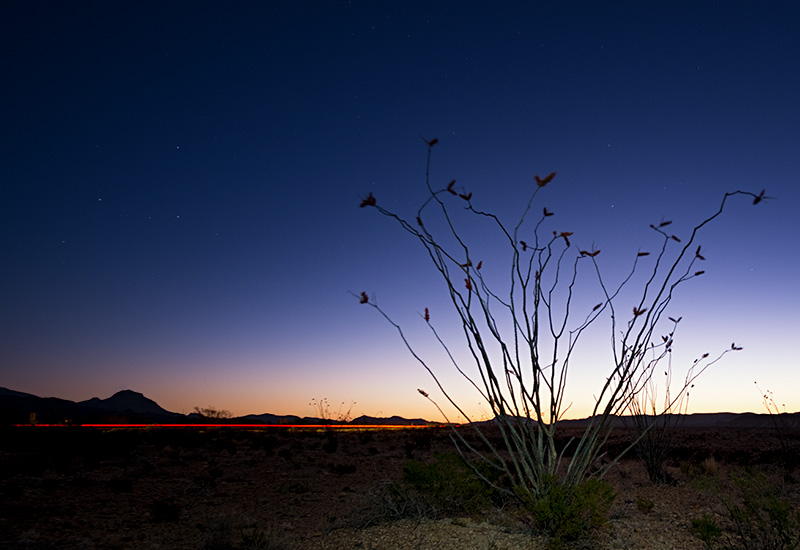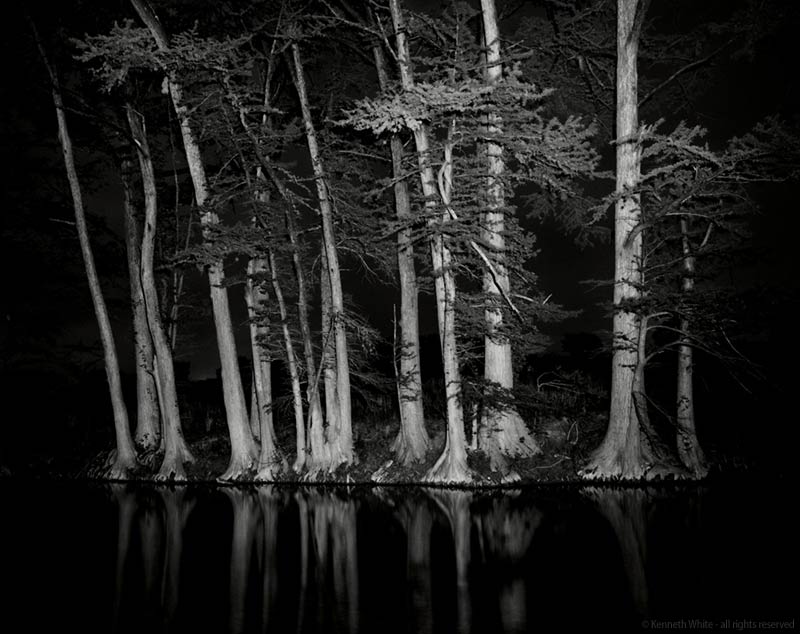 What follows is a revised and extended version of comments I made recently on another website.
What follows is a revised and extended version of comments I made recently on another website.
For close to ten years I have processed digital raw photos into black and white images nearly every day. Somehow digital black and white just suits me and I enjoy spending time doing post processing. This is unusual for a couple of reasons, not least because I never shot film in black and white or color.
Deciding to pick up a camera is easy. Becoming a competent non-professional photographer is difficult. Like everyone else I started out reading and following whatever advice I could find. There are thousands of books and millions of experts on every website just waiting to help out. Following formulas and emulating the work of others got me started but that didn’t last long. My goal was always been to produce unique personal work. So for years I have attempted to educate myself while following my muse.
Phototrice.com which is an integral part of my photography went online about fifteen months ago. It gives me the opportunity to publish pictures, create useful software and most of all communicate with a wide audience. A hobby with a purpose you might say. One thing it is not is a vehicle for making money.
Phototrice has presented a few challenges along the way. Certainly I want to maintain minimum quality standards for words and images published in the blog. The first challenge is that I’m a software developer by profession. My languages of choice are for instructing machines. In that regard English is a second language. There is also a requirement to publish mostly color images in the blog. My personal interest is digital black and white photography which has a secondary role here.
I only use digital cameras and capture technologies. Even if my finished images are completely true to the original raw photos they are not what used to be called straight photography. Digital images are manipulated right from capture to conform to the look of historical materials and processes. In other words they emulate analog photographs by design. I see this matter-of-fact processing bias as an unfortunate limitation.
Much of the potential of digital imaging technology is squandered by confining oneself to an emulation of analog photography. That is why I regularly explore techniques that are simply not possible with analog film capture. For me the camera and digital capture are source material for finished images that may or may not resemble classic photographs. I understand that some people will find my attitude annoying but I see no reason confine my work to a standard that ignores the potential of my tools.


